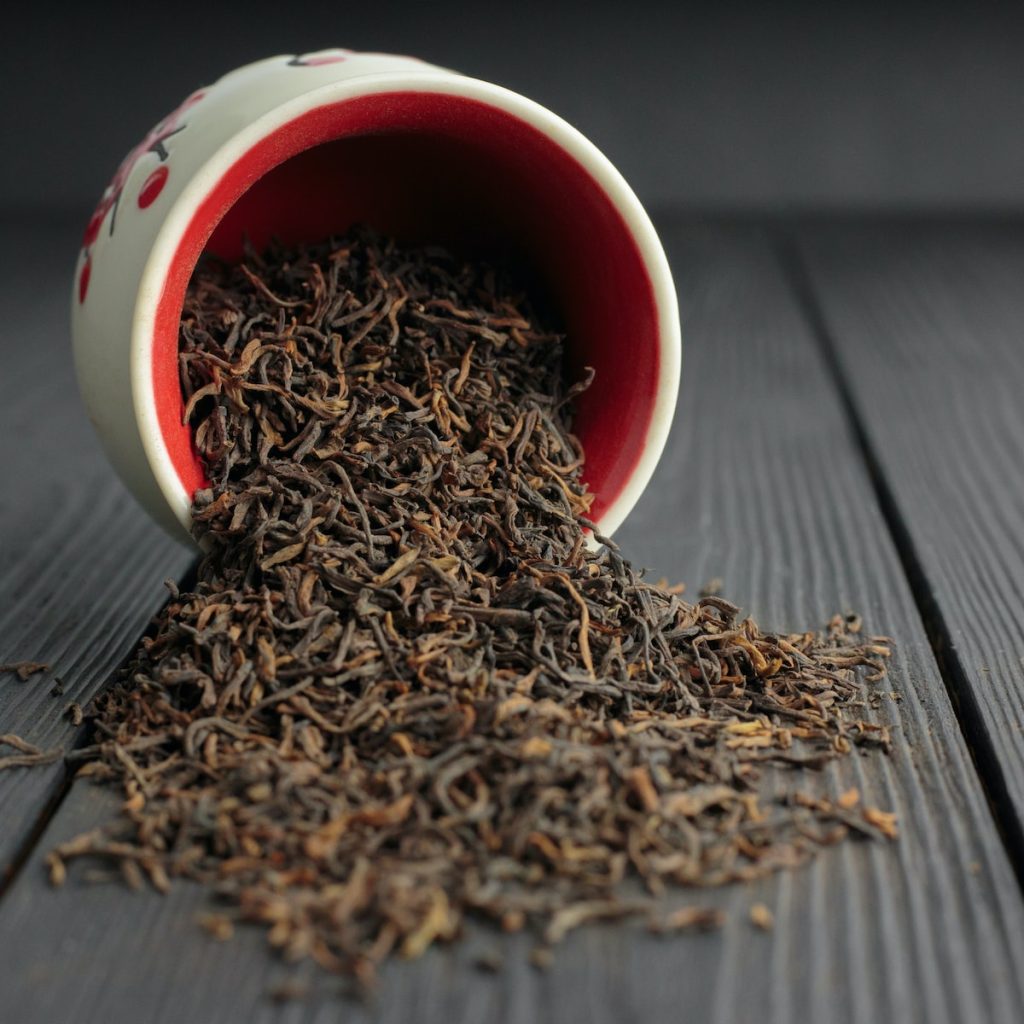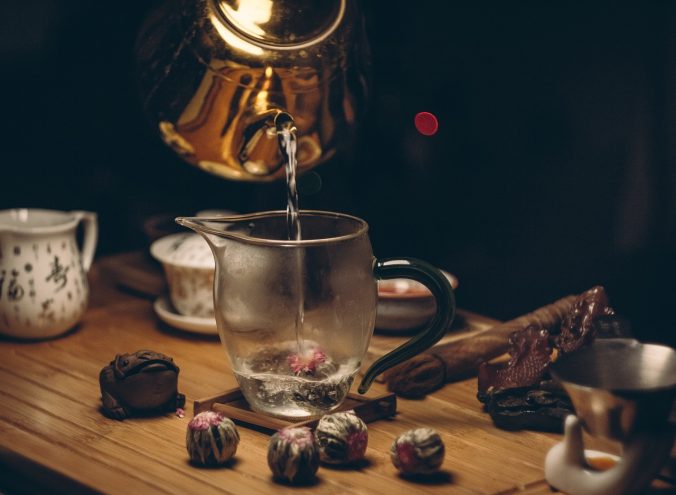Table of Contents
- Introduction
- The history of Tea
- How is Tea harvested?
- Types of Tea
- Increase of Popularity in Tea
- Tea Health Benefits
Introduction
Seldom would there be a chance that you’ll meet people who haven’t heard of tea at all. Such is the popularity of this beverage, which comes second only to water as the most popular drink in the world. But, not a lot of people, who know what tea is, know what makes a drink a tea. A tea to be technically qualified as one needs to be made from the leaves of the plant named Camellia Sinensis. It is the sole source of all varieties of tea that is only differentiated by the method of harvest, fermentation, roasting and preparation and added flavors to come up with the myriad of types of tea available in the market.
The history of Tea
Tea has been enjoyed since the days of Ming Dynasty in China, where the tea plant is abundant, and is still immensely popular in its place of origin. Later years showed the Japanese also expressing interest in this beverage and eventually making the two countries the highest consumers of tea worldwide.
How is Tea harvested?
The process of harvesting and preparing tea follows the same steps from way back then and up to now. The tea plant, which grows in a tropical climate, for the leaves to be of mature and best quality, need to be grown to at least two years before harvesting and packaging takes place. The harvested tea leaves are then roasted and submerged into boiling water with the right temperature for its variety and allowed to steep – not too short to taste flavorless, nor too long to become bitter.
Types of Tea
Tea basically comes in green, black, oolong, white and pu-erh options and hundreds more in varieties. Green tea is the least fermented among all tea types. The leaves are allowed to slightly wither and undergo very rapid oxidation. Tea lovers prefer its unique subtle flavor with hidden undertones.
Black Tea
Black tea leaves are thoroughly dried and more oxygen is absorbed into the leaves undergoing a full oxidation process.
Oolong Tea
Oolong tea leaves are classified between the process of green tea and black tea in its oxidation process. It gives off its own particular aroma and intriguing taste that is somewhat fruity or floral.
White Tea
White teas are known to be the most delicate of all teas and is said to give the most health benefits since it is taken closest to its natural form as it doesn’t undergo any oxidation process.
Pu-erh Tea
Pu-erh is actually black tea, but is left to age for a couple of years. How it is processed remains a tightly kept secret in China all these years. It is much coveted for its medicinal properties and distinct flavor.

Increase of Popularity in Tea
Tea has evolved from just the plain tea it was in the many years ago that Chinese people learned to love, not only for its taste, but more so for its benefit on their health and well-being. Tea is now taken with a tinge of fruits or floral scents and flavors – peach, vanilla, apple, lychee, rose, lemon, cinnamon and peppermint among the most popular ones. People with a sweet tooth add a dash of sugar or honey to sweeten it.
Tea Health Benefits
Experts claim the flavonoids found on tea leaves contain antioxidant properties that give tea its medicinal nature. Many laboratory studies have been done on tea and tea extracts and results suggest that tea strengthens the immune system, fights against cancer and inflammation, reduces the risk of cardiovascular diseases, and lowers the risk of Alzheimer’s and Parkinson’s disease.
If you are curious on which tea variety is best, the answer would be green tea, if we are to purely base it on the results of researches. This is based on the premise that green tea undergoes least processing therefore retaining most of its natural antioxidant properties.
If the positive influence on our bodies is not yet enough to motivate you to become a tea drinker, tea also has calming and relaxing effects that soothes your nerves – just the perfect drink to wind up a long and stressful day.
